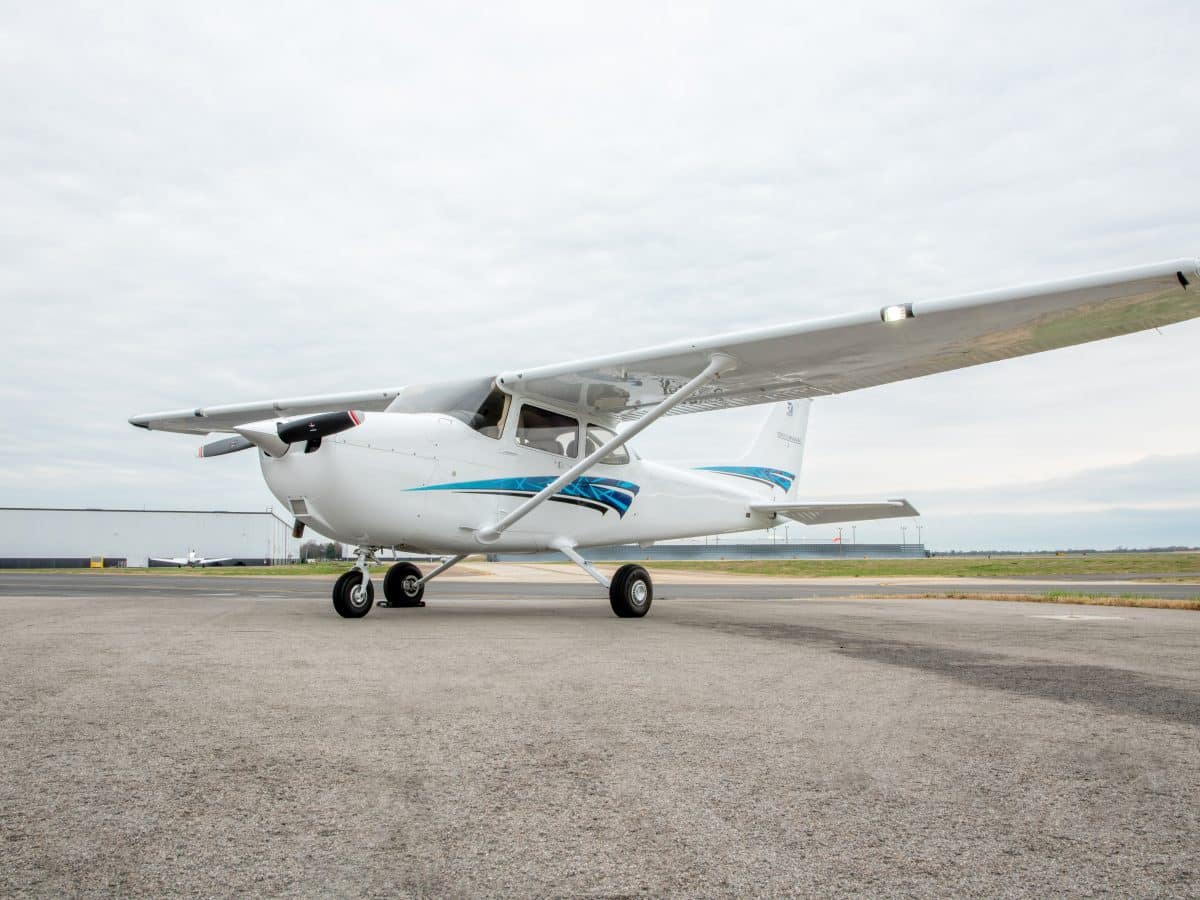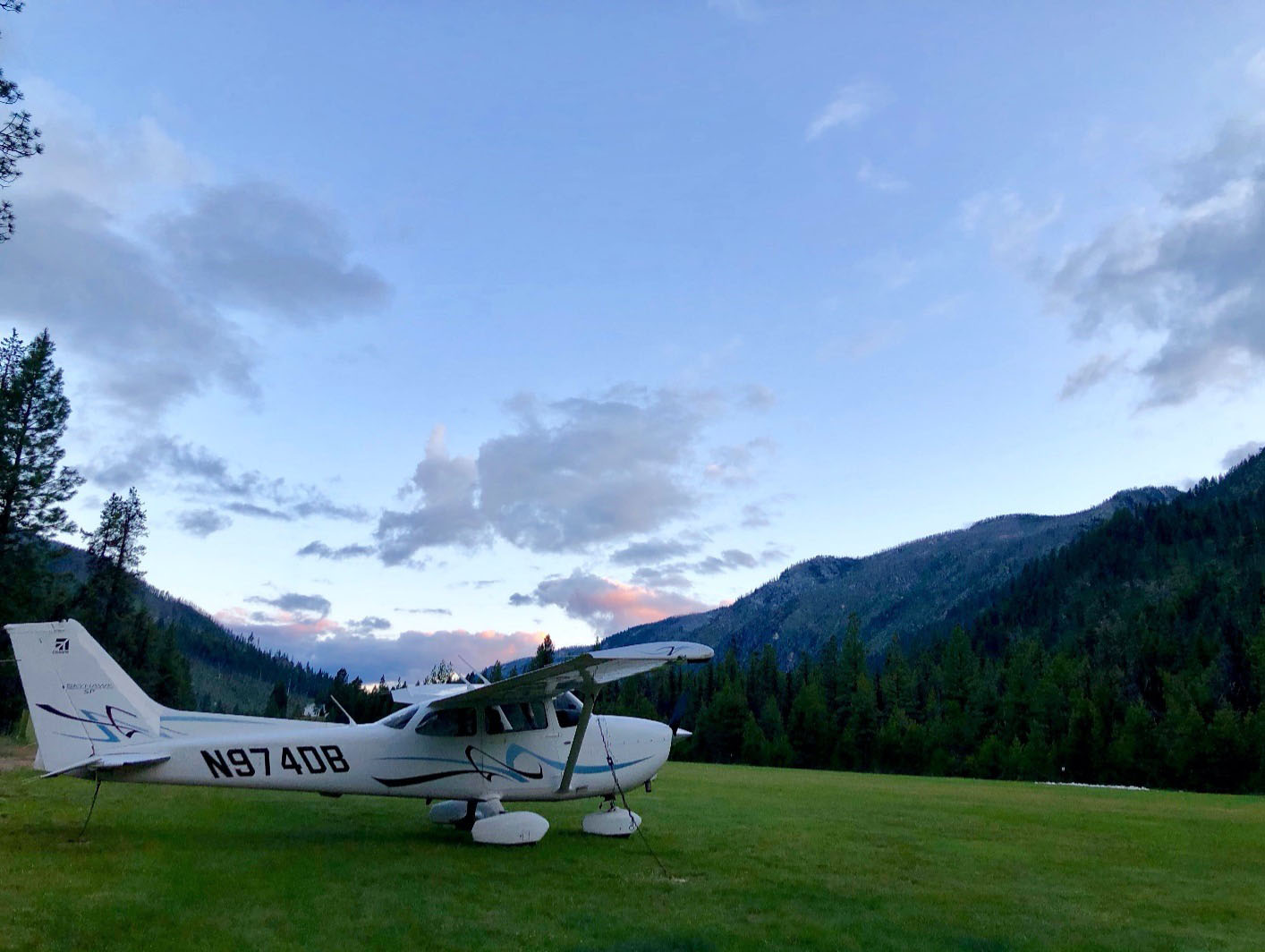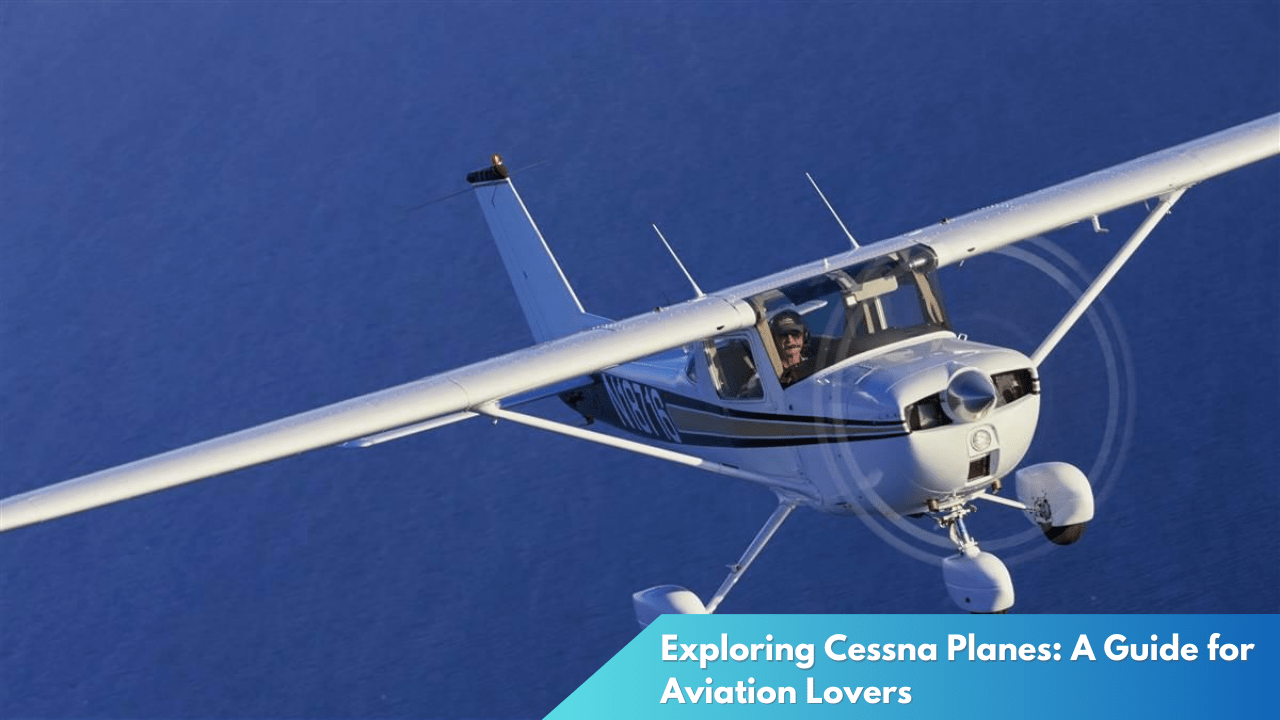Exploring the Cessna Skyhawk: An Aviation Enthusiast’s Guide
The Cessna Skyhawk, a staple in the aviation community, has long been revered for its reliability and versatility. Whether you’re a seasoned pilot or an enthusiastic newcomer to aviation, understanding the legacy and capabilities of this iconic aircraft is a rewarding pursuit. This guide explores the rich history of the Cessna Skyhawk and delves into the features that have made it a favorite among aviators worldwide.
Discovering the Legacy of the Cessna Skyhawk
The Cessna Skyhawk, officially known as the Cessna 172, first took to the skies in 1955. Since then, it has become one of the most produced aircraft in history, with over 44,000 units built. Its enduring popularity can be attributed to its robust design and adaptability, making it a reliable choice for flight training, personal use, and even small-scale commercial operations. The Skyhawk’s introduction marked a pivotal moment in general aviation, democratizing flight for countless aspiring pilots.
Throughout its storied history, the Cessna Skyhawk has seen numerous updates and improvements, yet it has consistently maintained its core appeal: simplicity and ease of use. The aircraft’s legacy is further underscored by its role in pilot training programs across the globe. Many pilots fondly recall their first solo flight in a Skyhawk, thanks to its forgiving flight characteristics and straightforward handling. These attributes have cemented the Skyhawk’s place as a quintessential training aircraft.
The Skyhawk’s cultural impact extends beyond the aviation community. It has appeared in various media, from films to literature, often symbolizing adventure and the spirit of exploration. As a testament to its reliability and widespread appeal, the Skyhawk has been embraced by pilots of all skill levels and backgrounds. Its legacy is not just one of engineering excellence but of inspiring generations to take to the skies.
A Deep Dive into Its Features and Capabilities

The Cessna Skyhawk’s design is a masterclass in balancing simplicity with functionality. It features a high-wing configuration, which provides excellent visibility for pilots and passengers alike, a crucial factor for both navigation and sightseeing. The aircraft’s fixed tricycle landing gear offers stability during takeoff and landing, reducing the risk of accidents and making it particularly suitable for novice pilots. Its forgiving nature in terms of flight handling is complemented by a spacious cabin, accommodating up to four occupants comfortably.
Under the cowling, the Skyhawk is typically powered by a Lycoming O-320 or O-360 engine, providing a reliable 150 to 180 horsepower. This powerplant enables a cruising speed of around 120 knots and a range of approximately 640 nautical miles, making it ideal for a variety of missions, from short regional hops to longer cross-country flights. The aircraft’s fuel efficiency and low operating costs add to its appeal, allowing owners to enjoy flying without the burden of excessive expenses.
Modern iterations of the Skyhawk come equipped with advanced avionics, such as the Garmin G1000 NXi glass cockpit, enhancing situational awareness and safety. These state-of-the-art systems provide pilots with real-time data, from weather conditions to terrain mapping, allowing for more informed decision-making and precise navigation. Despite these technological advancements, the Skyhawk retains its user-friendly nature, ensuring that pilots can focus on the joy of flying rather than being overwhelmed by complexity.
The Cessna Skyhawk’s enduring legacy and versatile capabilities make it a standout aircraft in the world of aviation. Its blend of simplicity, reliability, and modern advancements ensures that it remains a favorite among pilots of all levels. Whether you’re embarking on your first flight or planning an ambitious cross-country journey, the Skyhawk offers an experience that is both exhilarating and reassuring. For aviation enthusiasts, exploring the world of the Cessna Skyhawk provides a deeper appreciation for one of aviation’s most cherished aircraft.




